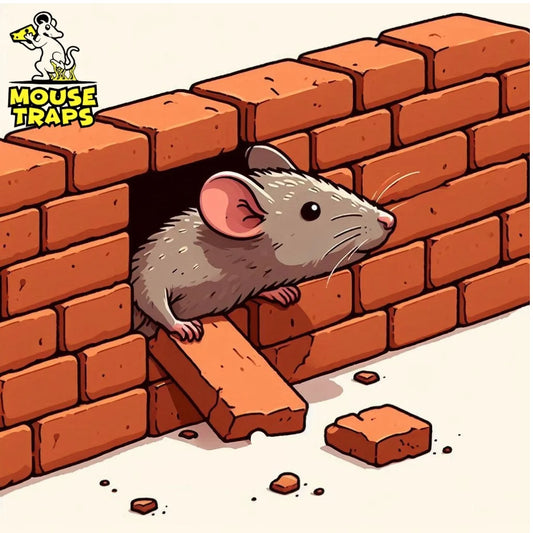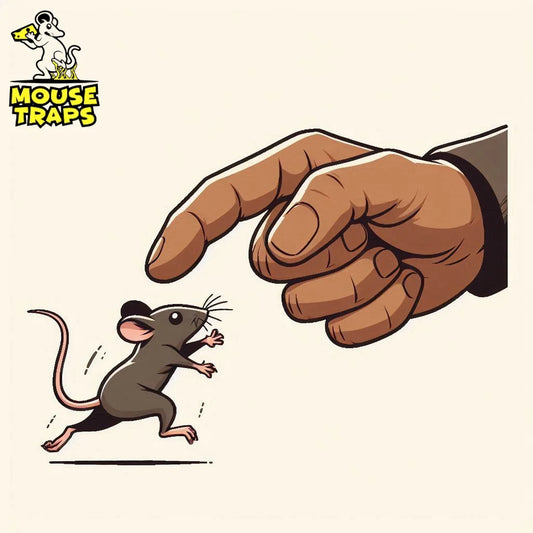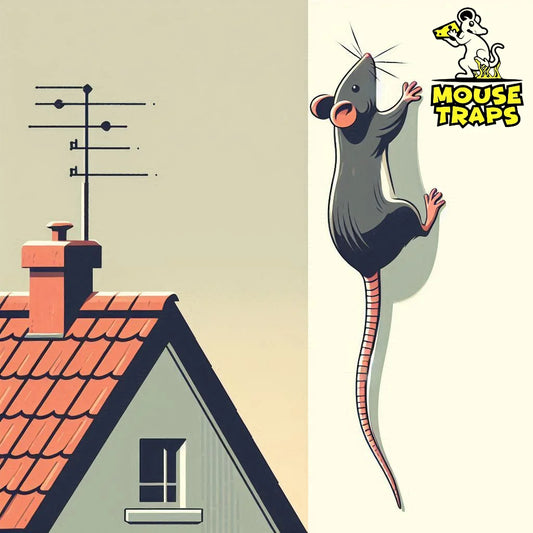Introduction
In the battle against household pests like rats, the use of mouse traps, particularly sticky glue pad traps, has been a common tactic. But have you ever considered the environmental consequences of this seemingly innocuous solution? Today we set out on a quest to uncover the secrets surrounding the utilization of mouse traps, for managing rat populations. Whether in the landscapes of London or the serene countryside of England, the influence of these traps extends across various settings. Come along as we investigate this matter examining its effects, on our surroundings and what it holds for tomorrow.
Understanding Mouse Traps:
Lets first explore the impact before delving into the options of mouse traps, on the market. Traditional snap traps, humane live traps, and sticky glue pad traps are among the most commonly used methods. While each has its proponents and critics, today, our focus lies squarely on the sticky glue pad traps.

The Sticky Reality: Environmental Impact Unveiled
Sticky glue pad traps operate on a simple premise: lure the unsuspecting rodents onto an adhesive surface, rendering them immobile. These mouse traps are no doubt good with every point of view. Some of its benefits are listed below;
1. Nontoxic:
Sticky glue traps do not use poison baits, making them a safer option for households with children and pets. This reduces the risk of accidental poisoning, which can be a significant concern with other types of rodent control methods.
2. Inexpensive:
Compared to other trapping methods, sticky traps are cost-effective. They are generally cheaper to purchase and maintain than alternatives like snap traps or electronic traps.
3. Ease of Use:
These traps require no special skills or equipment to set up. Simply place them in areas where rodent activity is suspected, and they are ready to go. This simplicity makes them accessible for anyone to use effectively.

4. Convenient Disposal:
When a rodent is caught, the entire trap, along with the rodent, can be disposed of in one go. This minimizes direct contact with the trapped animal, which can be a significant benefit for those who are squeamish or concerned about disease transmission.
5. Immediate Results:
Sticky traps can catch rodents as soon as they come into contact with the adhesive surface. This immediacy can help quickly reduce the population of rodents in an infested area.
6. Monitoring Tool:
They are useful for monitoring rodent activity and identifying hotspots within a home or building. By placing traps in different locations, one can determine where the rodents are most active and target those areas for further pest control measures.

FAQs:
Conclusion:
In wrapping up our investigation into how sticky glue pad mouse traps affect the environment one fact stands out; the call, for change is pressing. We cannot overlook the damage inflicted by these traps that indiscriminately take lives. It falls upon us as stewards of the environment to seek pest management methods that prioritize efficacy, ethics and environmental sustainability.




